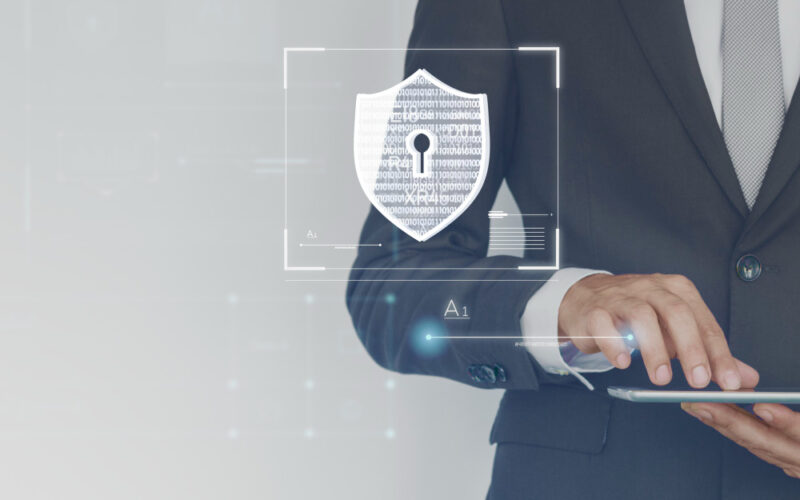The term “cyber security” refers to a broad range of techniques, tools, and procedures used to defend computer systems, networks, and data against hacker attacks and illegal access. Protecting all organizational assets against external and internal threats, as well as disruptions brought on by natural catastrophes, is the primary goal of cyber security. A successful and efficient cyber security position involves coordinated activities across all of the organization’s information systems because organizational assets are composed of numerous diverse systems.
For these reasons, strong IT security is crucial for businesses and individuals in today’s digital world. This magazine offers simple actions that businesses and individuals can take to strengthen their security protocols. Individuals and organizations can enhance their overall cybersecurity posture and lower the risk of cyber threats by putting these strategies into practice.
- Regular Software Updates
Software needs to be updated frequently to maintain solid IT security. Keep the versions of your operating system, programs, and antivirus software updated. You can strengthen any areas of weakness and fortify yourself against new dangers by doing this. Quickly installing updates makes sure you have the most recent security updates, which reduces your vulnerability to attacks.
- Strong Password Management
Encourage the use of strong passwords across all accounts and systems. Creating and managing strong passwords is essential for IT security. Passwords should be unique, complex, and regularly changed. Combining capital and lowercase letters, numerals, and special characters is not only acceptable but may also be ideal. Avoid using information that is easy to guess, and update passwords frequently. Using secure passwords prevents unauthorized access to accounts and confidential information.
- Employee Awareness Training
Educate employees about common security threats, such as phishing emails, social engineering, and malware. Conduct regular training sessions to raise awareness and promote safe computing practices.
- Phishing Awareness
Beware of phishing attempts, where fake emails or messages try to trick you into sharing sensitive information. Be cautious when clicking on links or giving personal details online.
Pay attention and make sure that requests are legitimate to protect yourself from falling victim to phishing attacks.
- Data Backup
Regularly backing up important data is essential for IT security. Create backups of critical files and store them in secure locations, both offline and in the cloud. In the event of data loss or ransomware attacks, This ensures data can be recovered, minimizing potential losses.
- Network Segmentation
Breaking networks into smaller, separate subnetworks can reduce the effects of a security breach. By limiting access and keeping sensitive data separate, organizations can manage and control possible security issues more effectively.
Conclusion
Individuals and businesses can strengthen their IT security by adhering to the straightforward steps described in this article. This leads to improved cybersecurity, which is achieved through strong password management, regular software updates, awareness of phishing scams, IT security training for employees, and a data backup routine. In the digital age, protecting valuable assets and securing companies is a top priority.
References
Jakobsson, M. (n.d.). Modeling and Preventing Phishing Attacks. [online] Available at: https://citeseerx.ist.psu.edu/document?repid=rep1&type=pdf&doi=e051dc2df2f8b2a0ce403eaa5ddef17797a796fa [Accessed 18 Jun. 2023].
Kumar, P.R., Raj, P.H. and Jelciana, P. (2018). Exploring Data Security Issues and Solutions in Cloud Computing. Procedia Computer Science, [online] 125, pp.691–697. doi:https://doi.org/10.1016/j.procs.2017.12.089.
Moustafa, A.A., Bello, A. and Maurushat, A. (2021). The Role of User Behaviour in Improving Cyber Security Management. Frontiers in Psychology, [online] 12. doi:https://doi.org/10.3389/fpsyg.2021.561011.
Gaw, S. and Felten, E.W. (2006). Password management strategies for online accounts. Proceedings of the second symposium on Usable privacy and security – SOUPS ’06. [online] doi:https://doi.org/10.1145/1143120.1143127.
